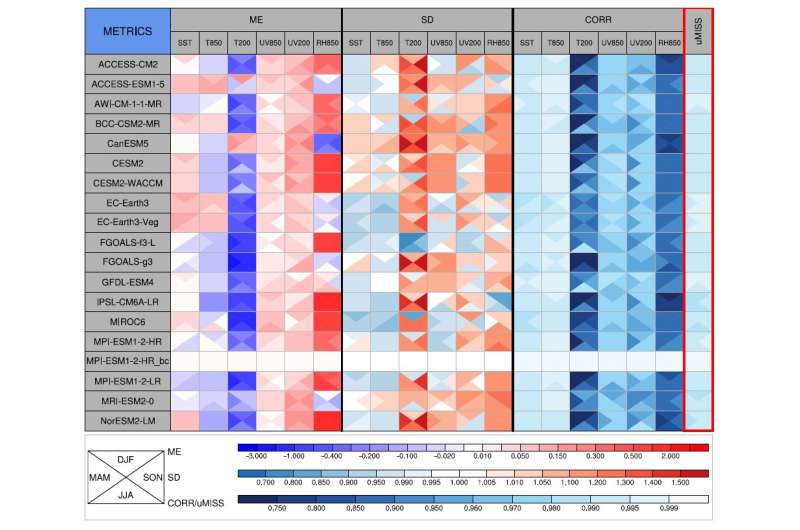Bias-corrected CMIP6 global dataset improves dynamical downscaling projection of future climate

Projections of the Earth's future climate at a finer scale are important in climate-related studies. However, the typical spatial resolution of CMIP6 models is approximately 100 km, which is not sufficient for resolving fine-scale orography, land cover and dynamics of the atmosphere, hindering their ability to simulate extreme weather and climate events.
Dynamical downscaling method with a regional climate model is an important approach to obtaining fine-scale weather and climate information; whereas the traditional dynamical downscaling simulations are often degraded by biases in the global climate model (GCM).
Recently, a new study published in Scientific Data reported a novel GCM bias correction method, which takes advantage of the non-linear long-term trend of ensemble mean of 18 CMIP6 models to reduce the uncertainty of future projection generated by a single GCM. Moreover, both the GCM mean and variance biases were corrected based on the ERA5 reanalysis data.
Using this GCM bias correction method, the researchers developed a set of bias-corrected large-scale forcing data with a grid spacing of 1.25 longitude by 1.25 latitude based on the ERA5 reanalysis and CMIP6 data. The bias-corrected dataset included three surface variables and eight upper air variables for three sets of bias-corrected CMIP6 data, the historical data from 1979 to 2014, and SSP245 and SSP585 from 2015 to 2100.
"The bias-corrected GCM data shows much better quality than individual CMIP6 models and can provide high-quality large-scale forcing for dynamical downscaling projections of the Earth's future climate, atmospheric environment, hydrology, agriculture, wind power, etc.," said Dr. Xu Zhongfeng from the Institute of Atmospheric Â鶹ÒùÔºics (IAP) of the Chinese Academy of Sciences, the first author of the study.
More information: Zhongfeng Xu et al, Bias-corrected CMIP6 global dataset for dynamical downscaling of the historical and future climate (1979–2100), Scientific Data (2021).
The dataset is accessible at:
Provided by Chinese Academy of Sciences





















